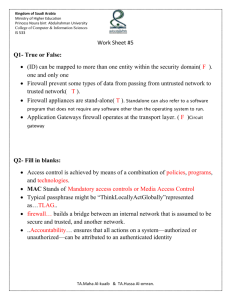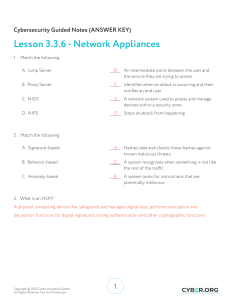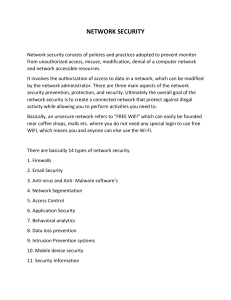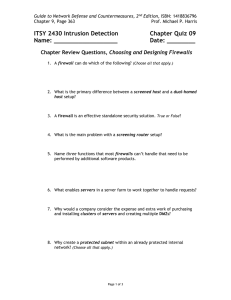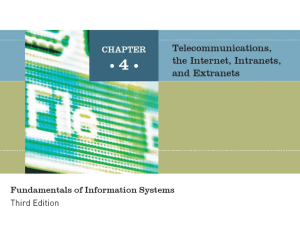Palo Alto Networks offers a full line of purpose
advertisement
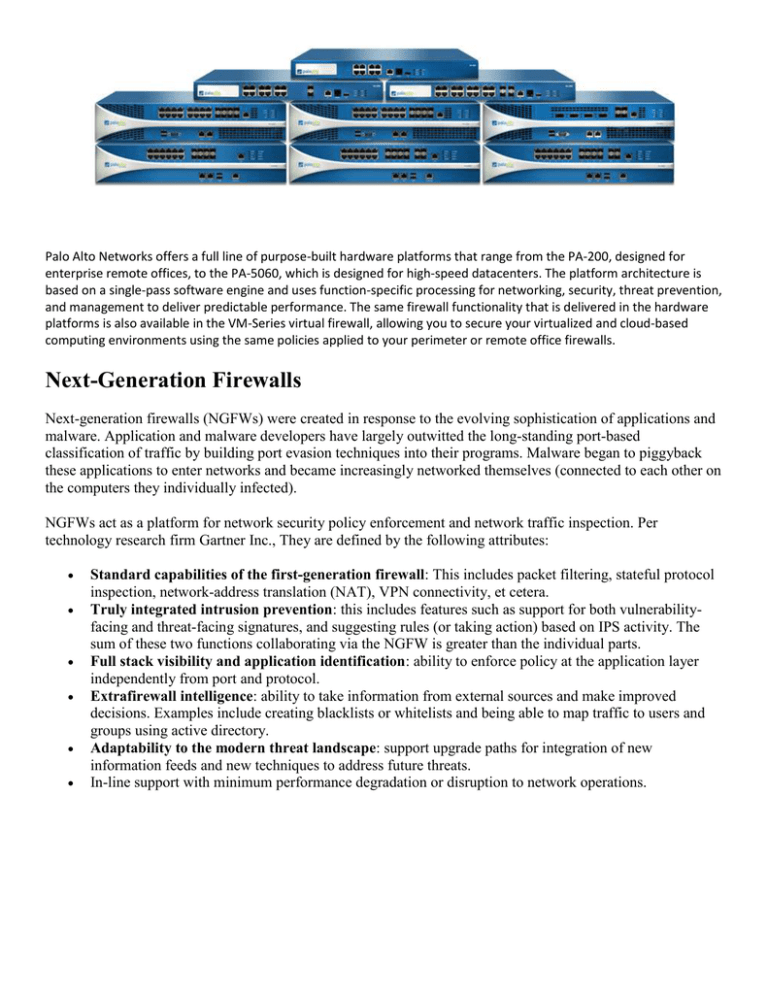
Palo Alto Networks offers a full line of purpose-built hardware platforms that range from the PA-200, designed for enterprise remote offices, to the PA-5060, which is designed for high-speed datacenters. The platform architecture is based on a single-pass software engine and uses function-specific processing for networking, security, threat prevention, and management to deliver predictable performance. The same firewall functionality that is delivered in the hardware platforms is also available in the VM-Series virtual firewall, allowing you to secure your virtualized and cloud-based computing environments using the same policies applied to your perimeter or remote office firewalls. Next-Generation Firewalls Next-generation firewalls (NGFWs) were created in response to the evolving sophistication of applications and malware. Application and malware developers have largely outwitted the long-standing port-based classification of traffic by building port evasion techniques into their programs. Malware began to piggyback these applications to enter networks and became increasingly networked themselves (connected to each other on the computers they individually infected). NGFWs act as a platform for network security policy enforcement and network traffic inspection. Per technology research firm Gartner Inc., They are defined by the following attributes: Standard capabilities of the first-generation firewall: This includes packet filtering, stateful protocol inspection, network-address translation (NAT), VPN connectivity, et cetera. Truly integrated intrusion prevention: this includes features such as support for both vulnerabilityfacing and threat-facing signatures, and suggesting rules (or taking action) based on IPS activity. The sum of these two functions collaborating via the NGFW is greater than the individual parts. Full stack visibility and application identification: ability to enforce policy at the application layer independently from port and protocol. Extrafirewall intelligence: ability to take information from external sources and make improved decisions. Examples include creating blacklists or whitelists and being able to map traffic to users and groups using active directory. Adaptability to the modern threat landscape: support upgrade paths for integration of new information feeds and new techniques to address future threats. In-line support with minimum performance degradation or disruption to network operations.



